For purposes of this article, I have divided Swedish infantry regiments into three classes. The first class consists of the Lif Gardet and the Queen's Lif Regiment. The second class consists of the Swedish and Finnish indelta or provincial regiments. The third class consists of the varfvade or permanent regiments. The first and third classes were full-time units. They garrisoned the cities and fortresses of Sweden, Finland and Pomerania in peacetime. The second class or provincial regiments were only called up for full-time duty in time of war. Otherwise, they drilled and trained as companies, battalions and regiments only a few times a year. In very general terms they resembled US National Guard units.
Each regiment was tactically organized into two field battalions, an exception was the Lif Gardet which had three battalions. The first battalion was known as the Lif or Colonel's battalion. The second battalion was the Lieutenant Colonel's battalion. Each regiment carried four flags, the Lif Regiment carried six. One of the flags was the Liffana or Life Flag, and the others were called Kompanifana or Company flags. The Liffana and one Kompanifana were carried by the Lif battalion, and two Kompanifana were carried by the Lt. Colonel's battalion. The Lif Gardet was an exception to this in that Liffana were carried. All of the flags of the unit were the same.
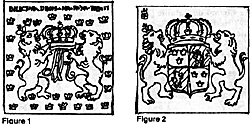 Figure 1 illustrates the flag carried by the Lif Gardet.
Figure 1 illustrates the flag carried by the Lif Gardet.
Figure 2 illustrates the Liffana carried during the Seven Years War. Figures 3 through 24 illustrated the Kompanifana carried during the same period. The Kompanifana were similar in design to the model 1686 flag. Although I am not sure of the exact size of the flag, a flag of the Tavastehus Regiment in the Finnish Army Museum measures 224cm on the fly, and 179cm on the staff. The staff itself was brown or white with a gold tip.
The design of all Kompanifana, except for the Lif Gardet, Lif Regiment, and the permanent regiments, was the same. It consisted of the provincial coat of arms in the center of the flag and this was surrounded by a green laurel wreath. The berries and ribbon of the wreath were yellow or gold. I have been unable to verify the Kompanifana of the permanent regiments, but figure 24 illustrates my estimation (guess if you will) of the flag design for these regiments. I would be interested in hearing from anyone who has more information regarding these
Figure 1 -- Lif Gardet: The field is white with the King's monogram lions, crowns, and lettering in gold.
Figure 2 -- Liffana: One was carried by each regiment, except for the Lif Gardet and the permanent regiments. The field is white In the upper inner corner is the provincial coat of arms in natural colors In the center is the Swedish coat of arms which is flanked by two crowned, standing lions in gold. Above the coat of arms is a large golden crown. The upper left and lower right fields of the coat of arms are blue with three yellow Swedish crowns. The upper right and lower left fields are blue and white striped, each with a yellow crowned standing lion. The four fields are formed on the coat of arms by a yellow cross. In the middle of the large coat of arms and superimposed on it is a smaller coat of arms with three red and one yellow field. The yellow field is in the upper right.
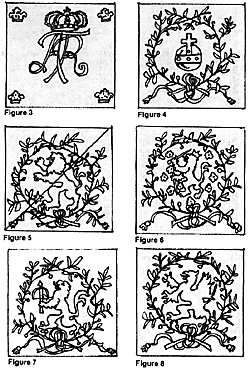 Figure 3 -- Queen's Lif Regiment: The field is blue with
the King's monogram and crowns in gold or yellow.
Figure 3 -- Queen's Lif Regiment: The field is blue with
the King's monogram and crowns in gold or yellow.
Figure 4 -- Uplands Regiment: The field is red with a golden Reichs apple.
Figure 5 -- Skaraborgs Regiment: The field is divided into black and yellow; black in the upper left and yellow in the lower right. The line is also colored black and yellow in the reverse colors of the field. The two six-pointed stars are white.
Figure 6 -- Abo Regiment: The field is red with a yellow or gold lion which is holding two swords. The lion is surrounded by nine white roses.
Figure 7 -- Kronobergs Regiment: The field is yellow with a red lion with crossbow.
Figure 8 -- Sodermanlands Regiment: The field is yellow with a black griffin.
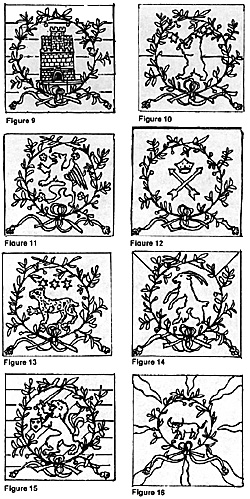 Figure 9 -- Jonkopings Regiment: The field consists of red
and yellow alternating horizontal stripes, starting with red at the top.
The castle is white with black doors and windows. The ground under
the castle is green.
Figure 9 -- Jonkopings Regiment: The field consists of red
and yellow alternating horizontal stripes, starting with red at the top.
The castle is white with black doors and windows. The ground under
the castle is green.
Figure 10 -- Bjornbergs Regiment: The field is divided between blue and yellow, blue was the upper half The bear is brown with a gold crown. The two six-pointed stars are white.
Figure 11 -- Dal Regiment: The field is dark blue with the arrows and crown in yellow or gold
Figure 12 -- Ostgota Regiment: The field is red with a yellow griffin and four bllue roses.
Figure 13 -- Tavastehus Regiment: The field is crimson red. The Iynx is yellowish brown with three white stars above and three white roses below it.
Figure 14 -- Helsinge Regiment: The field is black and white. The upper and lower quarters are black, and the left and right quarters are white. The center within the wreath is black, and the goat or ram is white.
Figure 15 - Elfsborg Regiment: The field is black and yellow alternating stripes, starting with yellow at the top. The field within the wreath consist of seven diagonal stripes alternating blue and yellow from left to right. The lion is yellow or gold, as is the crown. In the lion's left hand is a blue shield trimmed yellow with three yellow crowns on it. A sword is carried in the right hand. The blade is white or silver, and the guard is yellow or gold.
Figure 16 -- Westgota-Dals Regiment: The field is white The four flames from the corners are black, and the other four flames are yellow. The ox is red.
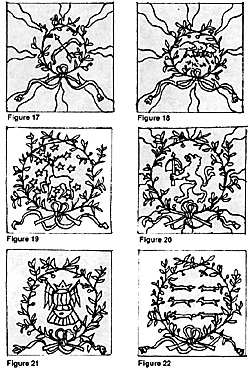 Figure 17 -- Savolaks Regiment: The field is yellow and the
eight flames are black. The center within the wreath is also black. The
bow and arrow are yellow or gold.
Figure 17 -- Savolaks Regiment: The field is yellow and the
eight flames are black. The center within the wreath is also black. The
bow and arrow are yellow or gold.
Figure 18 -- Westmanlands Regiment: The field is white with eight blue flames In the center are three burning or smoking blue mountains.
Figure 19 -- Vesterbottens Regiment: The field is blue. The stag is white and it is surrounded by thirteen white five-pointed stars.
Figure 20 -- Kalmare Regiment: The field is red with eight yellow f lames. The center within the wreath is yellow, and the lion is red.
Figure 21 -- Nylands Regiment: The field is red. The helmet is silver, and the two flags are blue with a yellow cross.
Figure 22 -- Osterbottens Regiment: The field is blue. The six ermines in the center are siler or white.
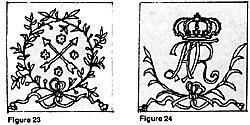 Figure 23 -- Nerike-Vermlands Regiment: The field is
crimson red. The arrows are gold or yellow, and the four roses are
white.
Figure 23 -- Nerike-Vermlands Regiment: The field is
crimson red. The arrows are gold or yellow, and the four roses are
white.
Figure 24 -- Permanent Regiments: Each of the permanent regiments carried four flags of this type. One of which was the Liffana of the regiment. The Liffana was white with the King's monogram, crown, palm branches and ribbon in gold. The three Kompanifana were blue with the King's monogram, crown, palm branches and ribbon in gold or Yellow.
Related
-
Uniforms of the Swedish Army: 1757-1762
Update: With Corrections
Swedish Army 1757-1762
Swedish Cavalry Standards 1757-1762: Part I
Swedish Infantry Standards 1757-1762: Part II
Back to Table of Contents -- Courier Vol. 1 #5
To Courier List of Issues
To MagWeb Master Magazine List
© Copyright 1980 by The Courier Publishing Company.
This article appears in MagWeb (Magazine Web) on the Internet World Wide Web.
Other military history articles and gaming articles are available at http://www.magweb.com